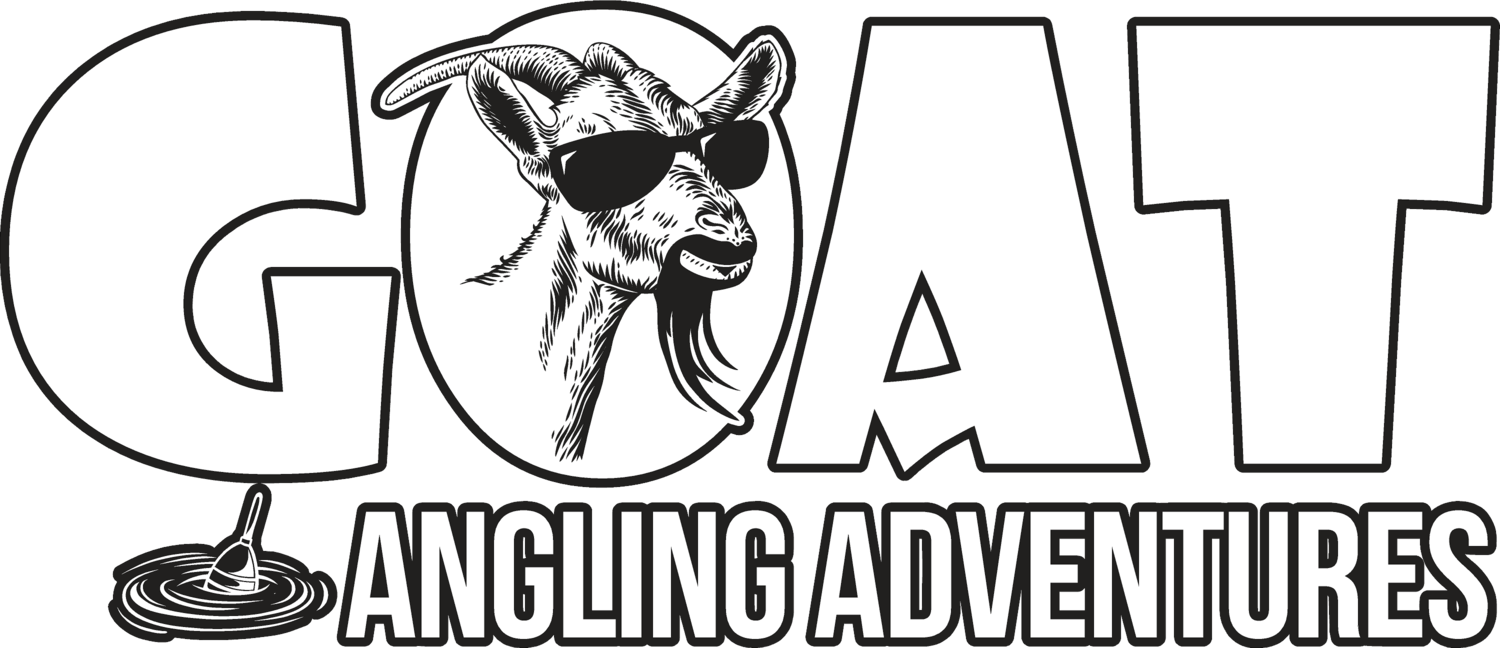
Muskie Fishing Charter + Guide in Nearby Kawartha Lakes
Choosing a Lure & Equipment
There’s no right or wrong answer to choosing the right lure for muskies. In fact, many Muskies are caught by accident by anglers fishing for other species. However, you can up your odds by having a wide range of offerings that allow you to cover a good cross-section of water depths. Despite being a voracious, hard fighting fish, muskies do tend to be somewhat fragile. After prolonged fights, it is imperative to take as much time as needed to ensure the fish has fully recovered and is able to swim off under its own power. For this reason, we always recommend using stout equipment. Heavy action rods and 40 to 80lb braided line will allow you to bring the fish boat side in the shortest amount of time possible. This will reduce the amount of stress put on a big fish and increase the odds of its survival once released. Typically, we target muskie in the fall and continue right through to the end of the season. For the most part, the majority of our muskie fishing is done with one thing in common, access to deep water. Trolling big, deep diving crankbaits along weed edges or underwater drop offs can be very effective. Long underwater points and rocky shoals provide excellent opportunities to cast large spinnerbaits and in-line bucktails as well as big glide baits. Of course, offshore structure such as rockpiles and weed humps can provide some exciting topwater action with lures like the Super Spook and whopper plopper.
Most of the bigger muskie baits use larger hooks which have a tendency to become dull easily, so you’ll want to make sure that you keep a hook sharpener nearby when possible. Having sharp hooks ensures that you’ll be able to drive your hook into the fish quickly and increases your landing percentage. You may also want to consider getting jaw spreaders, these are great for getting access to remove hooks out of large fish that may be hooked deeper than normal. A good pair of long nosed pliers are essential as well as a quality net or cradle.
How to Find and Catch Muskie
Now that you have some knowledge of the basic gear needed, let's dive into how you can actually find these difficult to catch fish. Of course the number one thing to consider is picking a lake that has a healthy population of muskie in it. Spend some time looking at the lake on maps and nautical charts. Often you can find areas with deeper water close to structure such as rock piles and humps before you actually get out fishing. This type of homework helps maximize your efforts on the water.
When fishing for muskie, you need to think a bit differently than you would when targeting other species. Muskie are at the top of the food chain, and as such are free to roam at will, with no concern about being on someone else’s dinner menu. When targeting muskie we like to try and follow the bait, meaning that where you find the food is where you find the muskie, so a good understanding of prey species such as Perch, Walleye and other panfish may lead you to finding more muskies. It’s as simple as that, if you can find their food source you’ll have a better chance of finding and catching a muskie.
To find the best muskie fishing near me, or to speak with one of our expert muskie fishing anglers or charters, call our team at Goat Angling today! To find a full list of our services or to book your guided muskie fishing experience today, google “muskie fishing near me” or “muskie fishing kawartha lakes”. We offer various muskie fishing within the Kawartha Lakes full and half day trips. Our fishing trip locations include: Lindsay, Fenelon Falls, Bobcaygeon, and Peterborough. This includes the main surrounding lakes within these areas: Balsam Lake, Buckhorn Lake, Cameron Lake, Chemong Lake, Pigeon Lake, and Sturgeon Lake.
